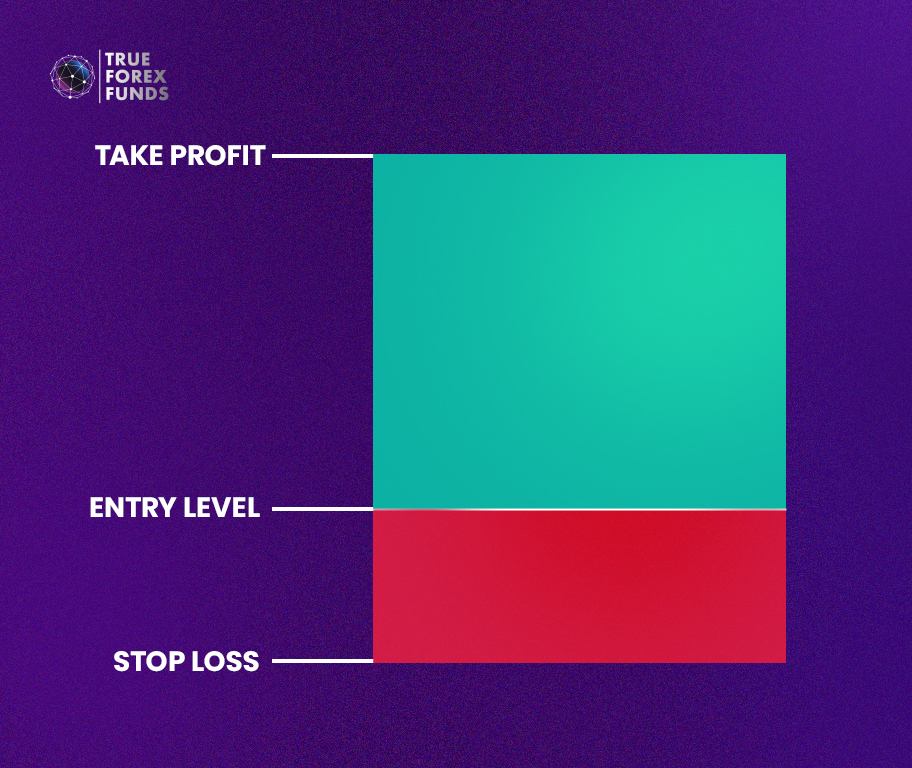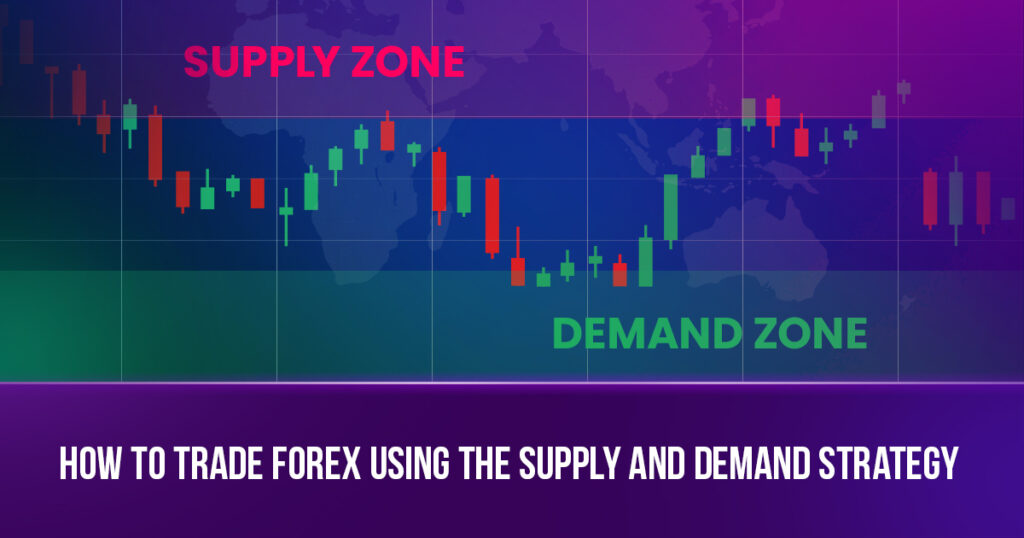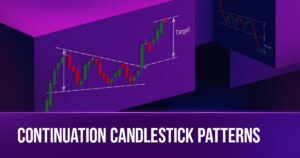True Forex Funds’ Three Easy Steps for Trading Success: Entry-Level, Stop-Loss and Take-Profit
Supply and Demand Zones can be applied across various market scenarios. In this segment, True Forex Funds reveals two effective yet straightforward trading techniques to harness these zones as a practical tool for identifying profitable trades: range trading and breakout trading.
Supply and Demand Zones – Trading in a Ranging Market
Supply and Demand Zones prove valuable in trading within a ranging market, where they signify levels at which price reversals are likely. Once you’ve recognized a sideways market using the range trading strategy with clear supply and demand zones, here’s your trade plan:
1. Entry Point
When trading supply/demand zones in a ranging market, consider entering long positions at support levels and short positions at resistance levels. For instance, if USD/JPY has been trading between 130.00 and 131.00, an opportunity to buy may arise at the 130.00 support level, while a short-selling signal could emerge near the 131.00 resistance level.
2. Stop Loss
In a ranging market, position stop-loss orders above resistance levels for short trades or below support lines for long trades.
3. Take Profit
In a ranging market, place take-profit orders on the opposite side. If you buy USD/JPY at 130.00 support, set a take-profit order at the 131.00 resistance to secure a profit when the price reaches the upper range boundary.

Supply and Demand Zones – Trading the Breakout
Trading breakouts is another popular strategy incorporating supply and demand zones. Breakouts occur when prices breach support or resistance levels. Here’s the breakdown:
1. Entry Point
When trading breakouts, enter the trade after the price surpasses a supply or demand zone. Wait for price movement beyond the zone before entering. For example, if GBP/USD ranges from 1.2000 to 1.2200 and breaks above 1.2200 resistance, consider entering a long position. Conversely, a price break below the 1.2000 support could signal a selling opportunity.
2. Stop Loss
Position stop-loss orders below supply zones for long trades or above demand zones for short trades. This safeguards against potential reversals back into the range.
3. Take Profit
Determining a take-profit target for breakouts can be challenging. Since price breaks crucial levels heralding significant trends, consider setting the take-profit order at the highest/lowest point of the previous price swing. For instance, entering a long position when price breaks above a demand zone, set a take-profit order at the highest point of the prior uptrend.
At True Forex Funds, success is just three simple steps away. Learn how to navigate entry points, secure your investments with stop-loss strategies, and maximise profits with well-placed take-profit orders. Trading success has never been easier.




